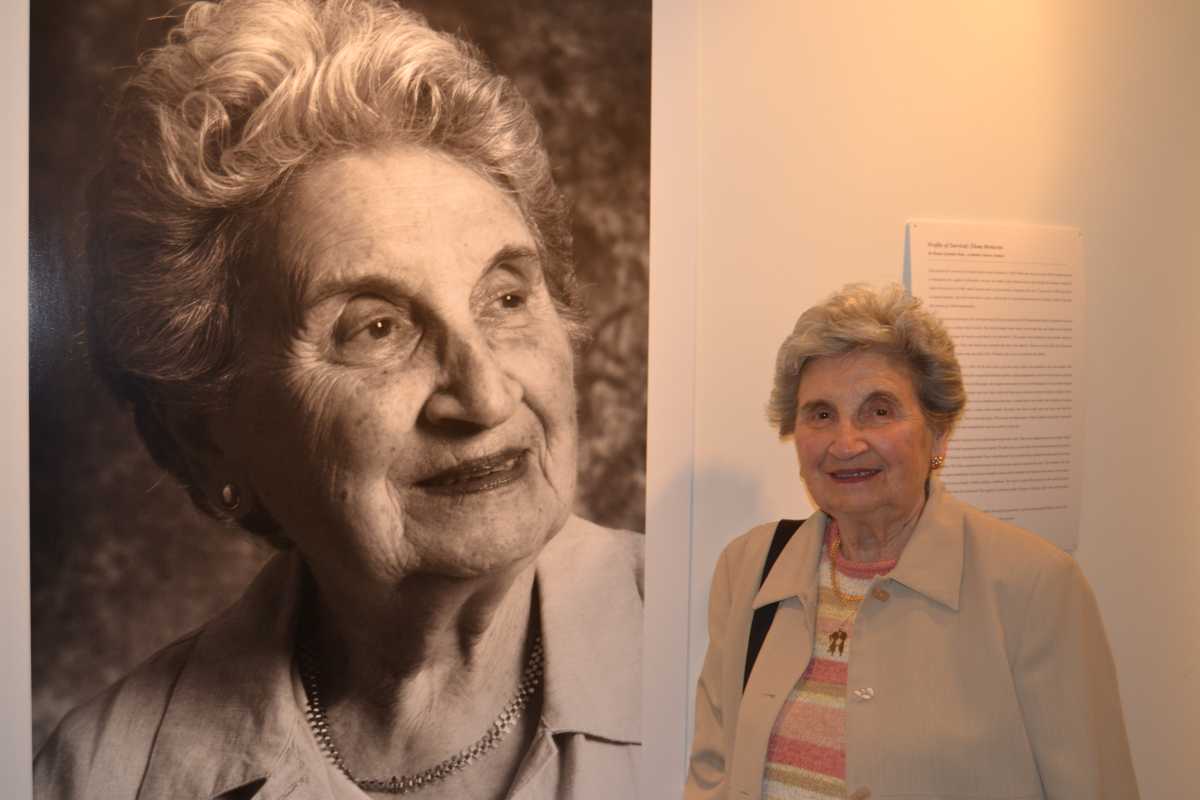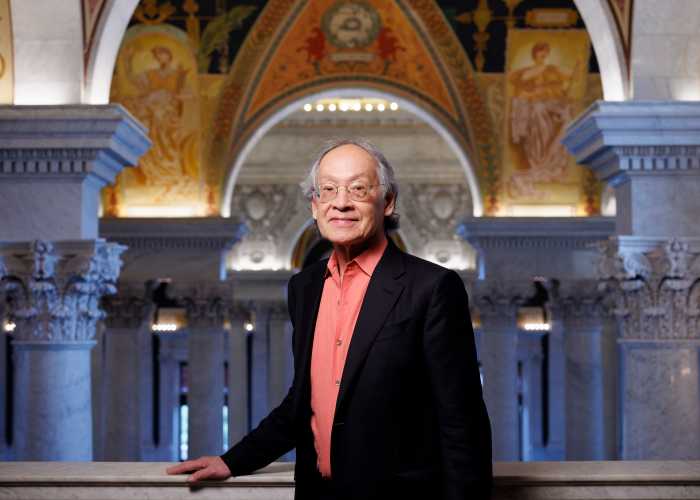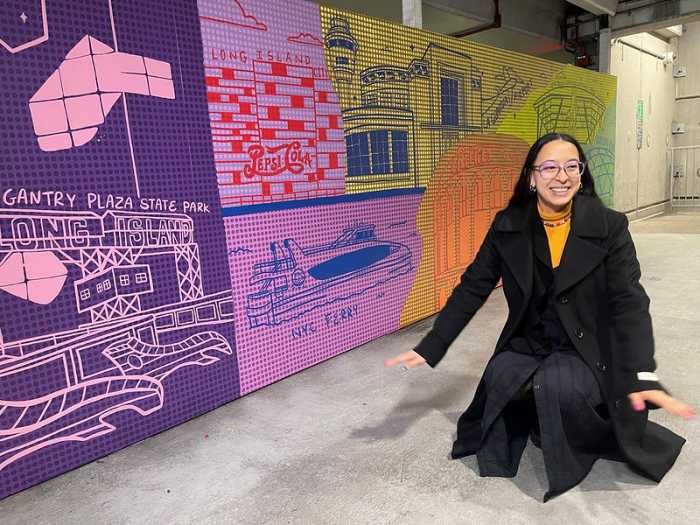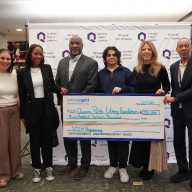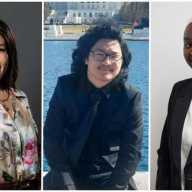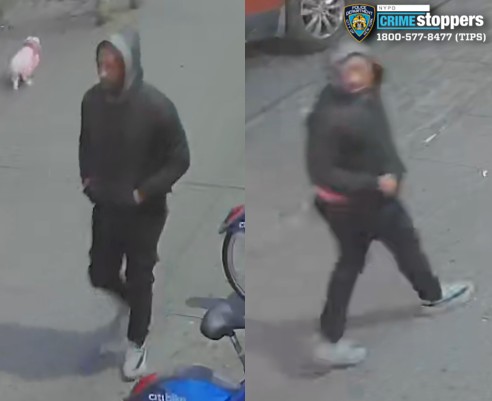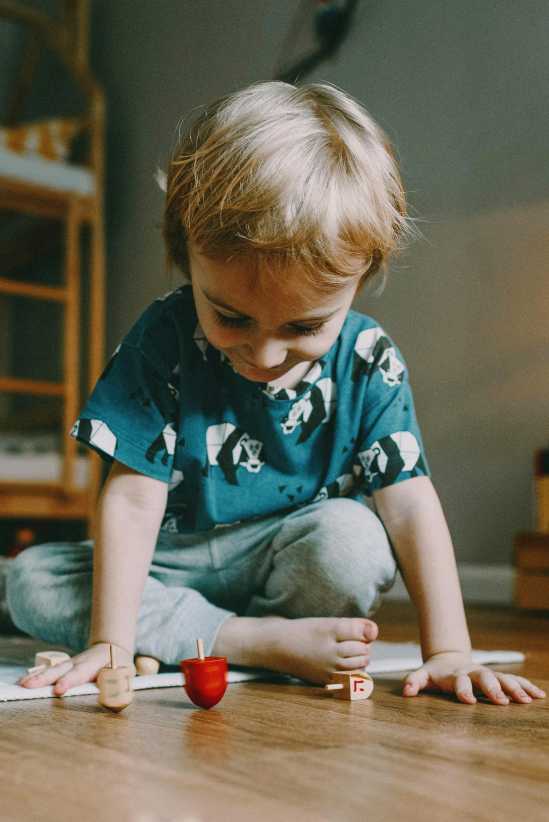They vowed to never forget — and never again allow another Holocaust.
Students, faculty members and survivors of the genocide gathered at the Harriet and Kenneth Kupferberg Holocaust Resource Center and Archives (KHRCA) of Queensborough Community College (QCC) for the opening night of “Testimony Across the Disciplines: Queensborough Community College Students Respond to Genocide through Art and Writing.”
Over 300 students and 20 faculty members from five colleges, working in 10 academic disciplines, were involved with creating this capstone exhibit, presented by the 2014-2015 National Endowment for the Humanities (NEH) Challenge Grant Colloquia.
“Testimony Across the Disciplines” features a wide variety of works by students who conducted research and studied cultural and artistic responses to genocide and organized hate. For one year, the students worked closely with faculty members, Holocaust survivors, victims and offenders of incarceration, and genocide scholars to create the exhibit.
“I wanted to immerse students across several disciplines in the study of genocide and then capture their creative responses,” said Cary Lane, from QCC’s department of academic literacy and co-project investigator. “Tonight, the students’ creative responses are on display as both an art exhibit and performance of music, dance and poetry.”
“Profiles of Survival: Holocaust Survivors of the KHRCA,” was a collaborative effort between academic literacy ESL students and art and design photography students to document, both visually and verbally, the experiences of the KHRCA Holocaust survivors.
The students who wrote the biographies conducted group and personal interviews with the survivors to learn about their stories. One of those survivors, Elena Berkovits, lectured the students on her experiences during the Holocaust for the project.
According to her profile, written by student Haeun Kim, Berkovits was born in Transylvania in 1928, and by 1944 the Nazis took control of her country. She and her family, along with hundreds of other Jews, were transported to the Auschwitz concentration camp. She remembered the Nazis sending the children, the elderly and the infirmed directly to the gas chambers.
“When I lived in Transylvania, it belonged to Hungary,” Berkovits explained to visitors at the event. “I was taken to Auschwitz. It was just horrible.”
Berkovits survived the ordeal and, in 1945, married her husband and had a daughter. She now has two grandchildren and two great-grandchildren.
Another pieces focused on the Holocaust, “Graphic Narratives and Objects Reflections,” consists of stories that combine visual and textual elements to form a unique reading experience. Students were tasked with creating their own graphic narratives exploring the themes of genocide, war, identity and ethnicity.
The “Poetry: Resisting Silence, Giving Voice” exhibit gave students the opportunity to express their feelings toward genocide, racism, war, trauma and oppression, through poetry.
On a much more current topic, the exhibit “Restorative Justice and Community Healing” focuses on healing not only the victim, but also the offender and the community, of the damage caused by violent crimes.
“Restorative justice looks at the goal of repairing the harm that was caused by crime in non-traditional ways,” said Rose Marie Äikäs, Ph.D., assistant professor of criminal justice. “We wanted to teach through process.”
Äikäs’ students visited Hour Children in Astoria, an organization dedicated to helping incarcerated and formerly incarcerated women and their children rebuild relationships with their families, rejoin the community and create healthy lives.
The series of interviews conducted by the students were documented and displayed as part of the exhibit.
“Testimony Across the Disciplines,” is open from April 16 to May 21 at the KHRCA.
RECOMMENDED STORIES

